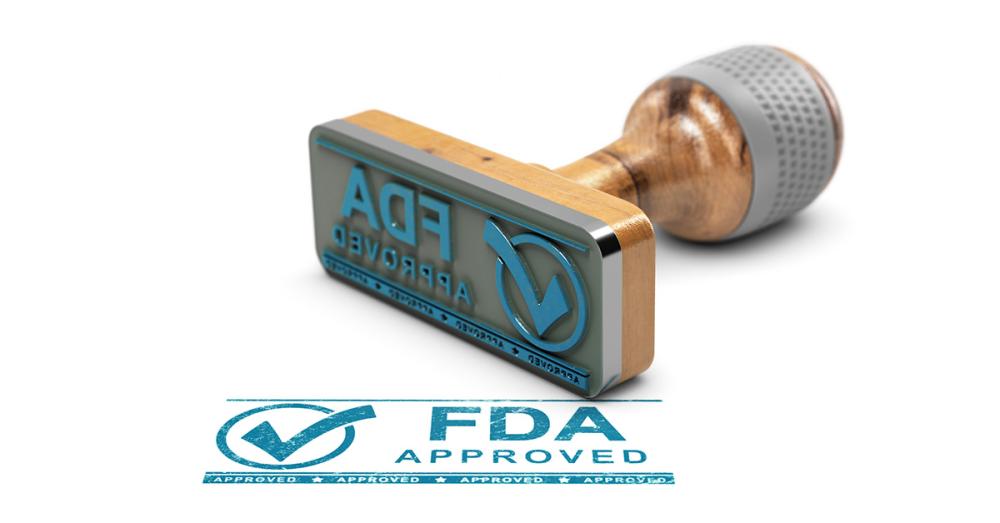FDA Requiring Patient-Reported Outcomes — Part 1
August 17 2025

From the Author
I believe that the FDA’s requirement to include patient-reported outcomes in product approval submissions was both necessary and overdue. At the time this rule was introduced, fraud in the scientific community was completely out of control—60% of research data could not be reproduced. In other words, researchers were “cooking” results.
Let’s analyze how and why this disgraceful phenomenon developed. I will share my point of view on why it reached a point where 60% of research findings were impossible to reproduce, yet these fake “research papers” were still submitted to the FDA for product approval. Based on this fraudulent data, the FDA would approve products, which later made people sicker. After public harm became clear, the FDA recalled these products. Meanwhile, Big Pharma had already earned billions and could easily afford to pay lawsuit settlements. Simple as that.
Throughout my writings, I have repeatedly questioned the slogan of “evidence-based medicine practice.” The gold standard for legitimate research is supposed to include:
- Using control groups
- Applying medical statistics
- Developing medications, equipment, and treatment methods
- Conducting long-term clinical trials before approval
- Approving products only after proving they are both safe and effective
However, the evidence-based medicine model in practice often looked different. After a product was approved and massively prescribed, peer reviews would occur later. Is this fair? Is this right?
If you follow the money, it’s clear: behind this so-called evidence-based medicine movement was—and still is—Big Pharma. Over time, the FDA and the healthcare community became accustomed to the idea that publishing a research paper was enough to apply for FDA approval. In the end, Big Pharma made enormous profits, while patients suffered from additional illnesses—what we politely call side effects. These side effects are often entirely new illnesses caused by the medications themselves. If patients had never taken these fraudulent drugs, they might never have gotten sick in the first place.
The problem became so massive that, starting in 2009, the FDA had no choice but to require patient-reported outcomes as part of approval submissions.
Some of you may ask: “How is this related to massage practice?” The connection is simple. At the same time, there was an aggressive and highly distracting push for “evidence-based massage practice.” It reached the level of a mass mob mentality, and in my view, it distracted the profession from advancing real massage skills. I have extended on this subject in published then article link below
https://www.medicalmassage-edu.com/blog/claiming-evidence-based-massage-practice.htm
That said, I believe that studying massage through the lens of patient-reported outcomes can be very effective.
Please click this link. https://www.medicalmassage-edu.com/testimonials/
When you reach the page, scroll down to read the self case presentation by Dr. Michael. Read carefully, and pay attention to his description of spinal decompression by massage and his comments on ice application as an anti-inflammatory measure.
In medical school, Dr. Michael was not taught the science of massage or the concept of spinal decompression through massage. I was the one who introduced him to the concept and the scientific strategy behind it. He learned well, and he insisted on writing a self case presentation because my treatment prevented him from undergoing spinal fusion surgery—a procedure that could have left him permanently disabled.
If you have not yet read my article explaining MRI findings vs. clinical presentation, I highly recommend it. https://www.medicalmassage-edu.com/blog/medical-massage-cases-herniated-ruptured-slipped-bulging-disks.htm
The Lumbar Spine Decompression Protocol is presented in my Program No. 1. For more information, please click the link. https://www.medicalmassage-edu.com/instructional-massage-programs/
Every patient-reported outcome provides unique and valuable information for us to learn from.
In Part 2, I will discuss the reports by Phil and Jon, explaining what makes these cases unique.
Until next time—
Best wishes,
P.S. On the same page, you will find the National Council for Personal Trainers hosting a discussion with me. I highly recommend watching both Part 1 and Part 2. In addition to the discussion, I offer a hands-on demonstration accompanied by a detailed explanation of exactly what I am doing with my hands. https://www.medicalmassage-edu.com/testimonials/
Add New
Comments
no comments found
Recents Posts
December 30 2025
Responsible vs. Irresponsible
December 23 2025
Be Informed — or Else
December 09 2025
Medical Schools of the Internet / YouTube / Social Media
December 01 2025
Miracles and Mysteries in the Field of Massage – Part 3
November 23 2025
Warning: Stretching and Exercise Can Be Hazardous





